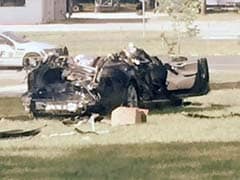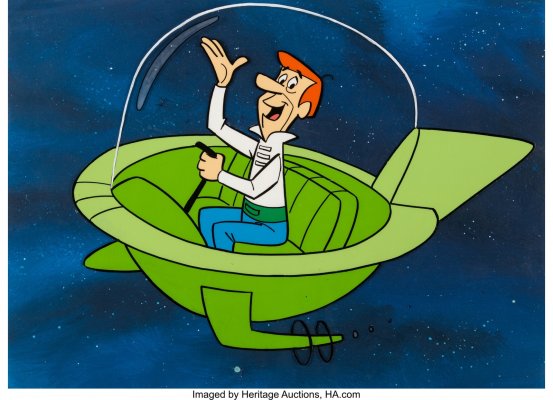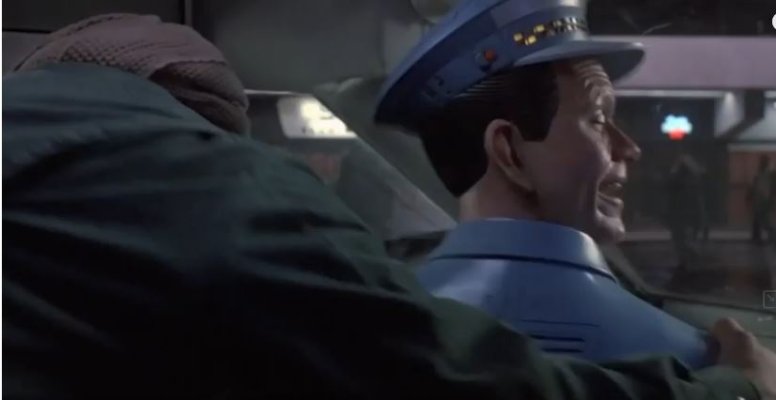explanade
Give me a museum and I'll fill it. (Picasso) Give me a forum ...
- Joined
- May 10, 2008
- Messages
- 7,448
The dumb thing about the AI/ML is that there's no caching or any concept of the car learning the roads and reapplying previous solved problems.
For instance, if you take the same route to the office or a store, the SDCs, at least the Teslas, are re-scanning and re-calculating each route, trying to recognize the road, signs, etc.
So where's the learning, the intelligence?
It's learning but then immediately forgetting?
They're probably talking about ML in the aggregate, as it combines all the data from cars and in the cloud, it's improving at recognizing objects, detecting road paths, etc.?
They won't share what kind of milestones they've met or other measurable reached.
Presumably they will present data to NHSTA showing lower accident rates per 100k hours or something like that, to prove it's better than human drivers.
For instance, if you take the same route to the office or a store, the SDCs, at least the Teslas, are re-scanning and re-calculating each route, trying to recognize the road, signs, etc.
So where's the learning, the intelligence?
It's learning but then immediately forgetting?
They're probably talking about ML in the aggregate, as it combines all the data from cars and in the cloud, it's improving at recognizing objects, detecting road paths, etc.?
They won't share what kind of milestones they've met or other measurable reached.
Presumably they will present data to NHSTA showing lower accident rates per 100k hours or something like that, to prove it's better than human drivers.



